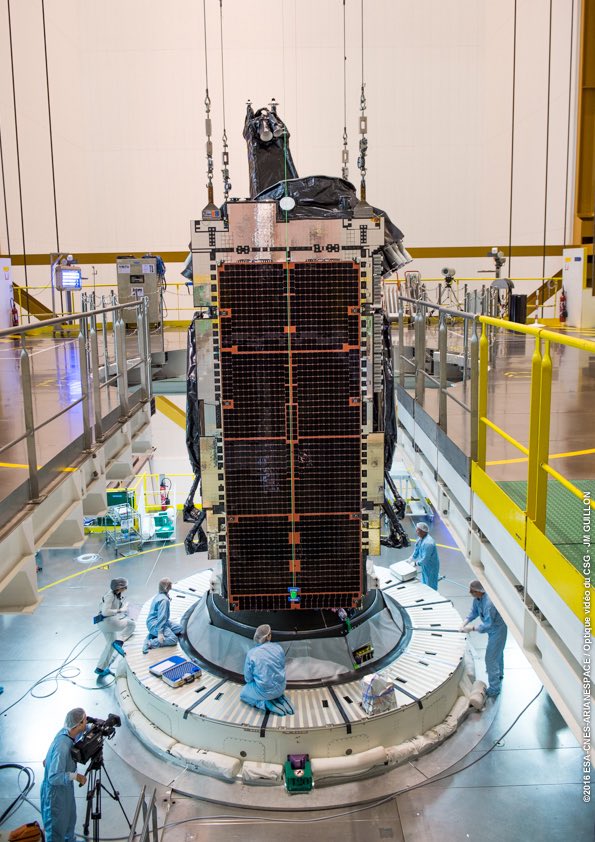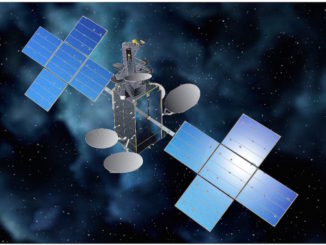
Intelsat has declared the Intelsat 29e communications satellite a total loss after the Boeing-built spacecraft suffered a fuel leak and shed debris in geostationary orbit, three years into a planned 15-year mission.
The global telecom satellite operator announced last week that the Intelsat 29e spacecraft could not be recovered after multiple anomalies earlier in the month.
“Late on April 7, the Intelsat 29e propulsion system experienced damage that caused a leak of the propellant on board the satellite resulting in a service disruption to customers on the satellite,” Intelsat said in a statement. “While working to recover the satellite, a second anomaly occurred, after which all efforts to recover the satellite were unsuccessful.”
Ground-based telescopes aimed at geostationary orbit, an orbital zone roughly 22,000 miles (36,000 kilometers) over the equator, revealed that Intelsat 29e was tumbling and shedding debris. Officials have not announced a cause for the accident, which will leave Intelsat 29e drifting uncontrolled through the geostationary arc, home to numerous commercial and military communications satellites, weather observatories and missile warning craft.
“A failure review board has been convened with the satellite’s manufacturer, Boeing, to complete a comprehensive analysis of the cause of the anomaly,” Intelsat said.
The behavior of Intelsat 29e in recent weeks was reminiscent of failures aboard the AMC 9 and Telkom 1 communications satellites in 2017. Both of those satellites shed debris after suffering sudden anomalies in geostationary orbit.
AMC 9 and Telkom 1 — built by Thales Alenia Space and Lockheed Martin, respectively — were near the end of their service lives when those failures occurred, while Intelsat 29e was still a relatively young spacecraft.
Based on the Boeing 702 satellite platform, Intelsat 29e launched Jan. 27, 2016, aboard an Ariane 5 rocket for a planned 15-year mission.
Valued at roughly $400 million when it launched, Intelsat 29e was positioned in geostationary orbit at 50 degrees west longitude, where its thrusters kept the satellite parked over the same geographic region, with the spacecraft’s orbital velocity matching the rate of Earth’s rotation.
Since beginning commercial service three years ago, Intelsat 29e provided C-band video and data distribution services over South America, and beamed Ku-band signals across the Americas, including aeronautical routes over the North Atlantic, where passengers received live television and broadband Internet through the satellite.
Intelsat 29e was the first craft to launch in a new generation of Intelsat satellites known as the “Epic” series, which are capable of routing more data than earlier satellite models.
Officials from ExoAnalytic Solutions, a commercial company that tracks objects in space with a network of optical telescopes, said their data indicated Intelsat 29e was drifting to the east from its operating position at 50 degrees west.
Intelsat said a majority of the services provided by Intelsat 29e have been restored through other Intelsat satellites and third-party spacecraft.
Email the author.
Follow Stephen Clark on Twitter: @StephenClark1.



